Auto Air Vents, Pressure Relief & Safety Valves
-
In Stock
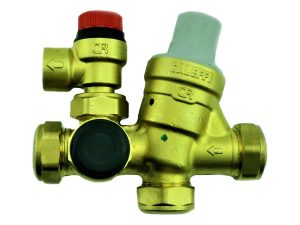
Advanced Water MultiBloc Inlet Control Loose Nut Pressure Relief 5123880801
£90.00 Exc. VAT £75.00 Add to cart -
In Stock
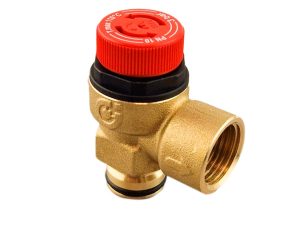
Alpha 3 Bar Pressure Relief Valve Prv 1.011126
£15.04 Exc. VAT £12.53 Add to cart -
In Stock

Alpha 3 Bar Pressure Relief Valve Prv 1.011126 Type 2
£12.00 Exc. VAT £10.00 Add to cart -
In Stock
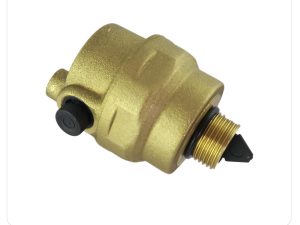
Alpha Boiler Auto Air Vent 1.010771
£12.00 – £18.69 Select Options This product has multiple variants. The options may be chosen on the product page -
In Stock

Alpha Boiler Auto Air Vent 1.022102
£11.40 Select Options This product has multiple variants. The options may be chosen on the product page -
In Stock
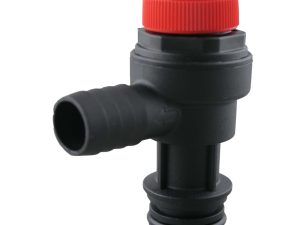
Alpha Boiler Pressure Relief Valve 1.028561
£17.01 Exc. VAT £14.18 Add to cart -
In Stock
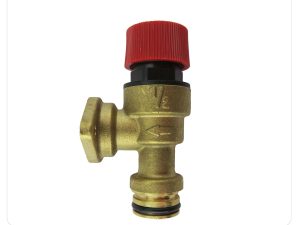
Alpha Pressure Relief Safety Valve 1.023565
£17.40 Exc. VAT £14.50 Add to cart -
In Stock
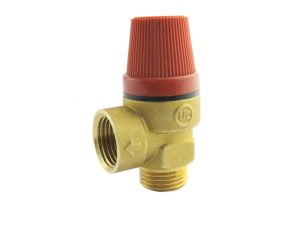
Alpha Pressure Relief Valve Safety Valve Prv 6.5619620 6.0001042 1.0180
£12.00 – £20.70 Select Options This product has multiple variants. The options may be chosen on the product page -
In Stock
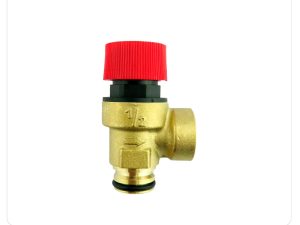
Ariston 3 Bar Pressure Relief Valve Prv 65103222 was 997088
£12.00 Exc. VAT £10.00 Add to cart -
In Stock

Ariston Boiler Auto Air Vent + Clip 65104703
£26.56 Exc. VAT £22.13 Add to cart -
In Stock

Ariston Boiler Auto Air Vent for 65104319
£11.40 Select Options This product has multiple variants. The options may be chosen on the product page -
In Stock

Ariston Boiler Bottle Auto Air Vent 998643
£12.00 Exc. VAT £10.00 Add to cart
